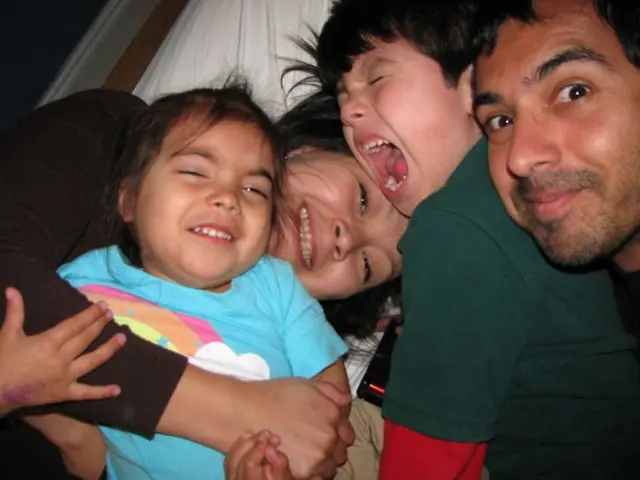Therapeutic Method Focusing on Dislike: Intent, Illustrations, and Dispute
Aversion Therapy: The Painful Path to Change
Hey there! Let's delve into Aversion Therapy, a unique method designed to help people kick those bad habits and cravings. Sounds interesting, huh?
Basically, Aversion Therapy (AT) is all about linking an unwanted behavior with an unpleasant experience. You'd think it'd be a no-brainer to avoid doing something that feels bad, right? Well, that's the theory, anyway!
So, what sorts of behaviors does this therapy target? Think about nail biting, smoking, alcohol misuse, gambling addiction, and more. Yep, they're all fair game!
But how does it work exactly? There are several ways to apply Aversion Therapy, here are a few examples:
- Emetic Counter Conditioning (ECC) - Ever felt nauseated after drinking alcohol? Well, imagine that feeling permanently linked with every sip! That's basically what ECC aims to do; it pairs the feeling of being sick with alcohol consumption to discourage drinking.
- Graphic Warning Labels - These warning labels on cigarette packages, present in 118 countries, show disturbing images to create an association between smoking and the potential health consequences. Put simply, they make smoking feel much less appealing!
- Rapid Smoking - This one involves smoking a cigarette super quickly to induce unpleasant sensations, which in turn helps reduce nicotine dependence. However, research suggests it's not a long-term solution.
- Rubber Band Aversion Therapy (RBAT) - This therapy is used to treat Obsessive Compulsive Disorder (OCD). By snapping a rubber band on their wrist every time they have an obsessive thought, individuals are meant to learn to associate these thoughts with physical pain, leading to fewer obsessive thoughts over time. But, it seems our friend RBAT is not as effective as we'd like it to be!
So, does Aversion Therapy work? Well, it can certainly help reduce addictive behaviors in the short term, and there's some evidence that it might work for alcohol use disorders. But whether it's a long-lasting solution or just a temporary fix is still up for debate.
Ah, but here's the catch; some mental health professionals think Aversion Therapy is downright unethical, as it involves using punishment as treatment. Critics argue that it causes psychological distress or physical pain and simply doesn't deliver long-term results.
But hey, let's not forget about the successes. In a small study from 2017, participants undergoing ECC reported alcohol aversion and avoided alcohol for as long as a year afterwards. Brain scans even showed reduced craving-related activity!
Overall, Aversion Therapy presents us with a double-edged sword: it can help reduce harmful behaviors, but its long-term effectiveness is questioned. It's all about finding that balance between negative associations and positive change!
- Psychotherapy and counseling can be effective alternatives to Aversion Therapy for managing and overcoming various addictive behaviors such as alcohol misuse and gambling addiction.
- In the field of psychology and health-and-wellness, Aversion Therapy is often criticized for being unethical due to its use of negative associations and punishment, leading to psychological distress or physical pain.
- Science continues to explore various therapies and treatments for mental health issues, with Aversion Therapy contributing to the understanding of assessment and strategies to combat addiction, alcohol use disorders, and other behavioral issues.
- While alternative medicine and holistic approaches like meditation, yoga, and art therapy can provide mental health benefits, Aversion Therapy, with its focus on negative reinforcement, is primarily used in the world of psychiatry and traditional treatment methods.







